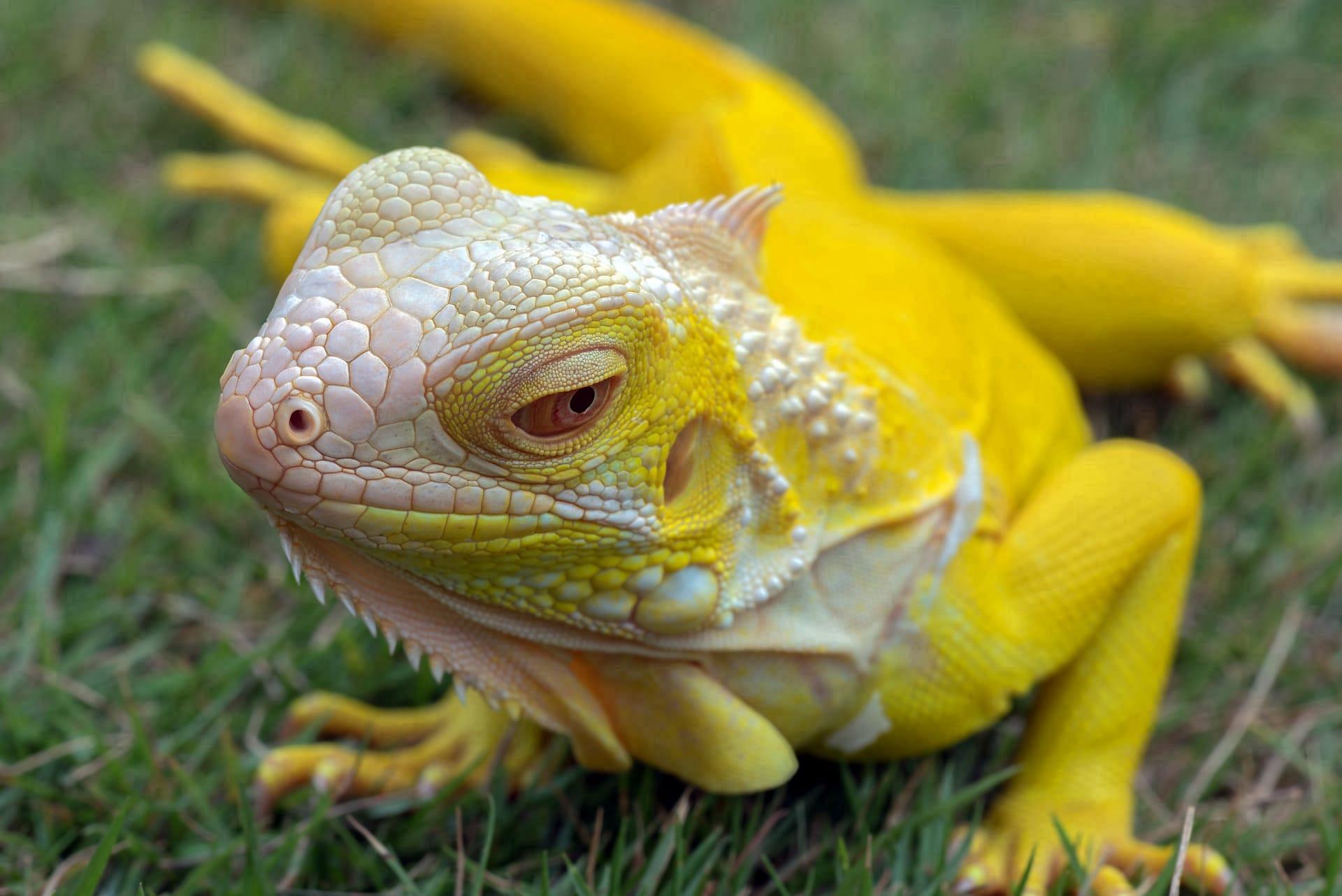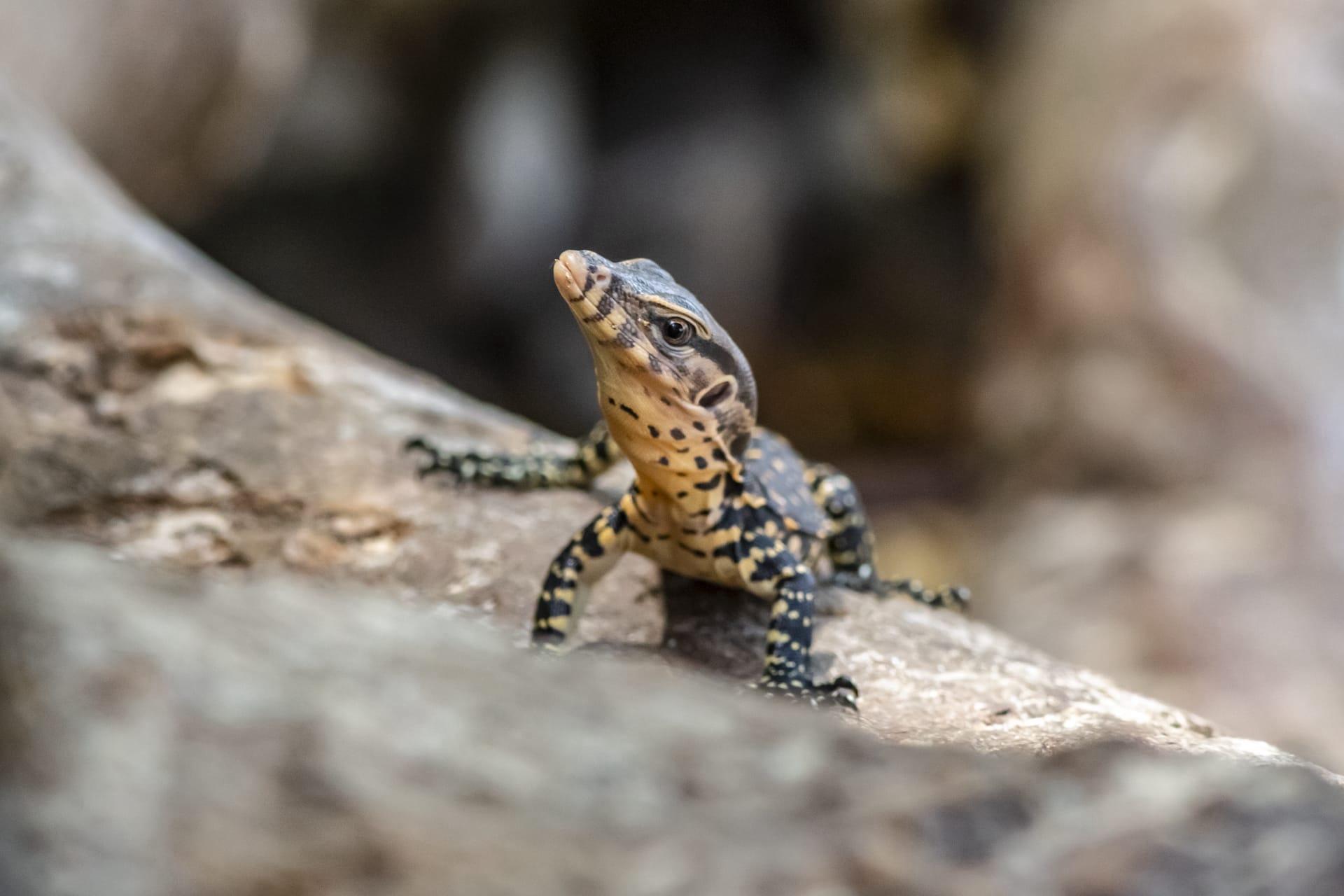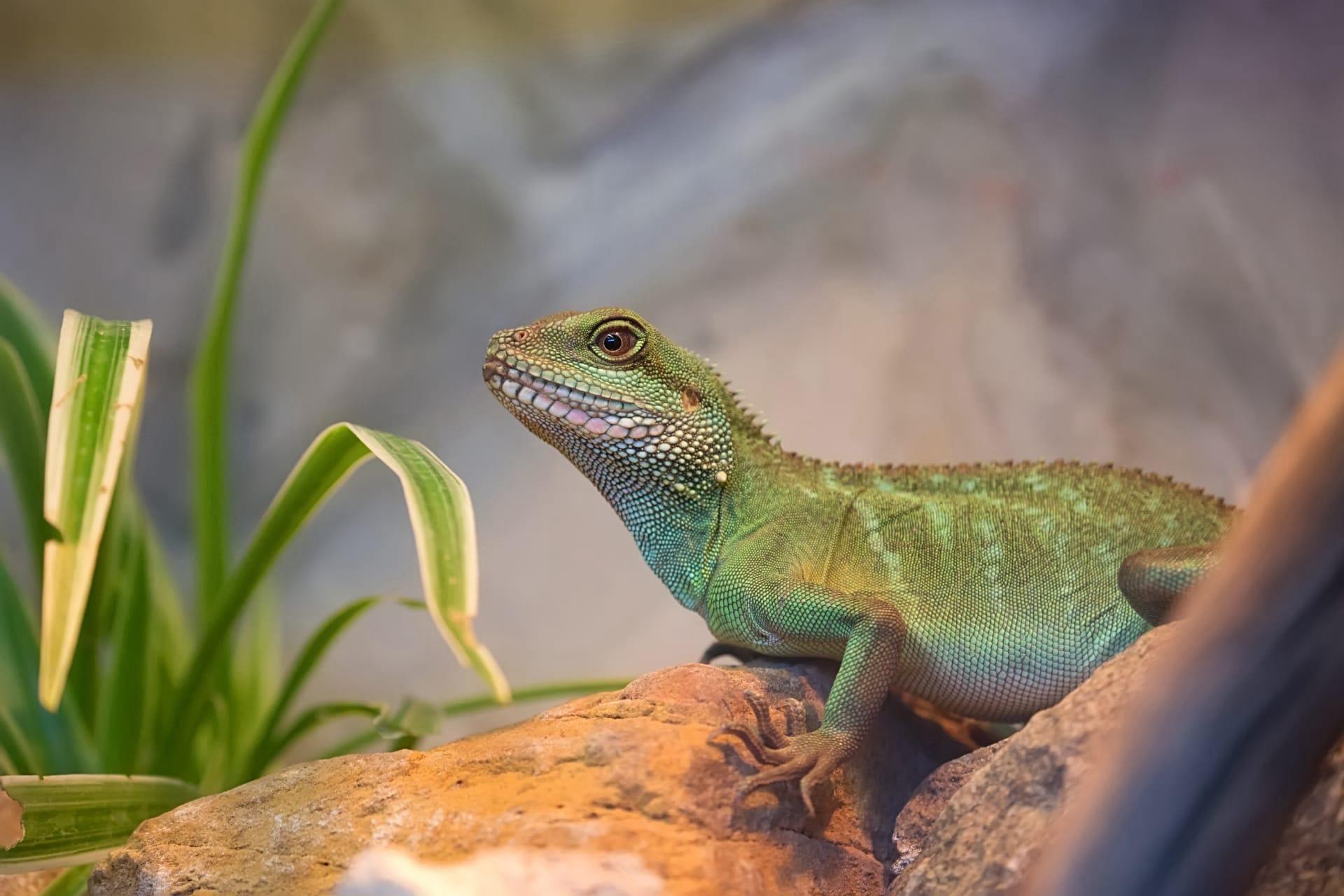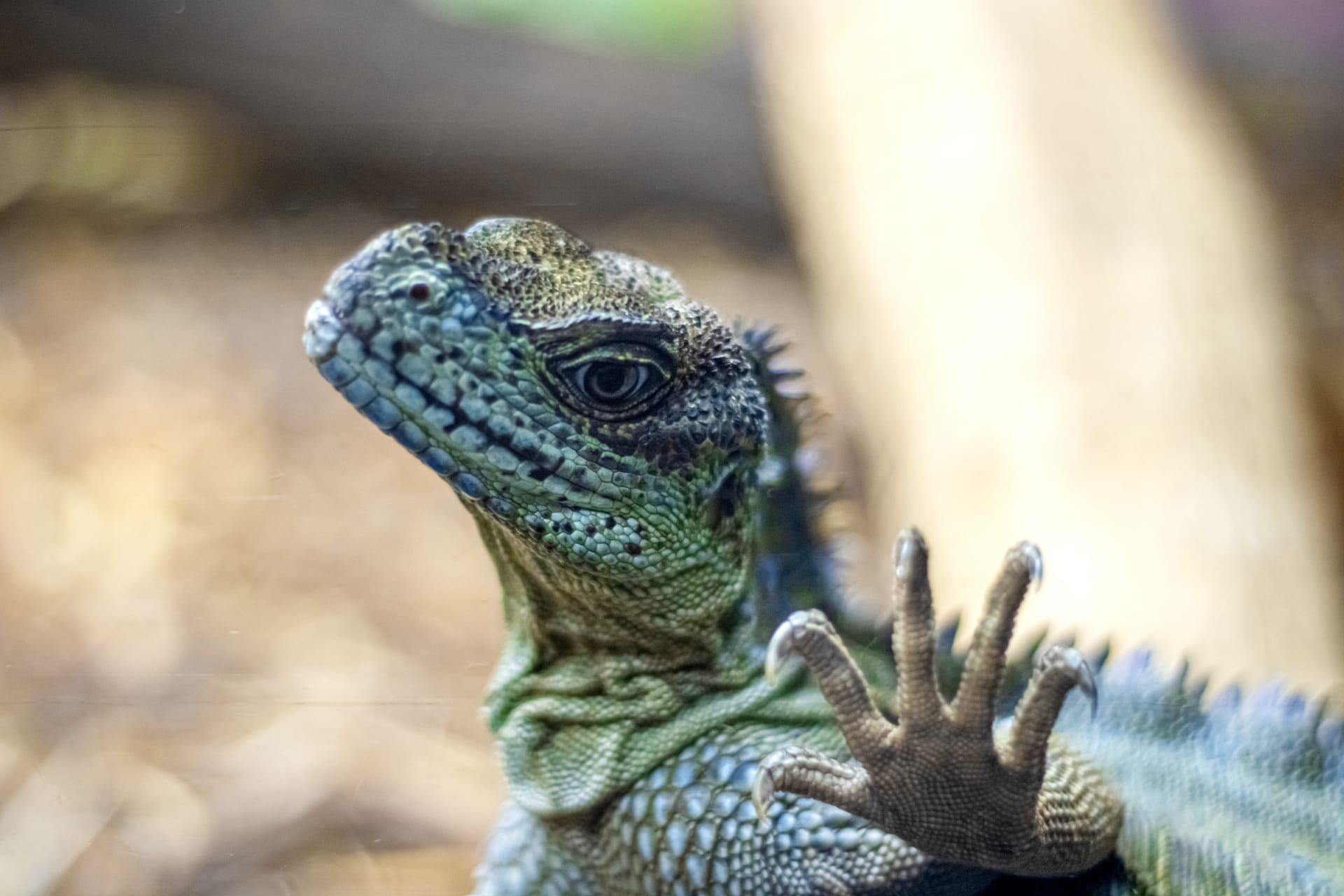Lizard Trivia
- Home /
- Trivia Question /
- Animal /
- Lizard Trivia
1
Question: How does a lizard's tail help it survive in the wild?
Answer: Lizards have a fascinating survival mechanism known as 'autotomy,' where they can detach their tails when threatened. This self-amputation distracts predators, giving the lizard a chance to escape. Remarkably, they can regenerate a new tail, though it's typically shorter and less colorful. A study showed that tail regeneration takes around 60 days in leopard geckos, a common pet lizard.
Question: What is the largest lizard species in the world, and how big can it get?
Answer: The Komodo dragon is the world's largest lizard, native to Indonesia. These impressive reptiles can grow up to 10 feet (3 meters) in length and weigh over 150 pounds (68 kilograms). Their size is an example of island gigantism, as they're the top predators in their habitat. They are known for their powerful bite, which is loaded with venomous proteins that can debilitate their prey.

2
Question: Can lizards live without water for a long time?
Answer: It's a common misconception that lizards don't need much water. In reality, while some desert-dwelling species like the thorny devil can survive with minimal water, most lizards need a regular water supply. The thorny devil collects moisture through its skin, funneling water to its mouth, but this is an exception rather than the norm among lizards.
Question: Do all lizards lay eggs?
Answer: Not all lizards lay eggs; some give birth to live young. This is called viviparity and is seen in species like the blue-tongued skink. In colder regions, where eggs may not survive, live birth helps in the survival of the species. For example, the Zootoca vivipara, found in Europe and Asia, gives birth to live young, adapting to its cooler environment.

3
Question: How do lizards communicate with each other?
Answer: Lizards communicate using a variety of signals like body postures, head-bobbing, tail-wagging, and color changes. For instance, anole lizards display their dewlap, a brightly colored throat fan, to assert dominance or attract mates. Research indicates that these visual signals vary significantly among species, adapting to their specific environmental and social needs.
Question: What's the role of a lizard's eyesight in its hunting strategy?
Answer: Lizards rely heavily on their acute eyesight for hunting. Species like the chameleon have highly specialized eyes that can move independently, allowing them to scan a wide area without moving their heads. This ability, combined with their stealth and quick tongue strikes, makes them effective hunters. Studies show that chameleons can focus on two different objects simultaneously, a unique feature among reptiles.

4
Question: Why do some lizards have brightly colored skins?
Answer: Bright skin colors in lizards serve multiple purposes, including camouflage, temperature regulation, and social signaling. For example, the green iguana's color helps it blend into its forest environment. Additionally, bright colors can signal health and vitality to potential mates or intimidate rivals. The UV-reflective blue patches on the side-blotched lizard, for example, are used to assert dominance.
Question: Can lizards recognize their owners?
Answer: While lizards may not recognize their owners in the same way dogs or cats do, they can become familiar with their caretakers. Studies suggest that some lizards, like bearded dragons, can become accustomed to human presence and handling, showing reduced stress levels over time. This suggests a level of social recognition, but it's not comparable to the emotional connections seen in more social animals.

5
Question: What determines the sex of some lizard species?
Answer: In some lizard species, sex determination is influenced by environmental factors, particularly temperature. For instance, in many species of turtles and lizards, the temperature at which the eggs are incubated decides the sex of the offspring. This phenomenon is called temperature-dependent sex determination (TSD). For example, in the Australian central bearded dragon, higher temperatures result in a higher proportion of female offspring.
Question: How do lizards regulate their body temperature?
Answer: Lizards, being ectothermic, regulate their body temperature externally. They bask in the sun to absorb heat and retreat to shade or burrows to cool down. This behavior, known as thermoregulation, is crucial for their survival, aiding in digestion, mobility, and overall physiological functioning. For example, the desert iguana can tolerate body temperatures up to 42°C (107.6°F), which it achieves through precise sunbathing and sheltering behaviors.